INTRODUCTION
Chicago is a 2002 American musical film adapted from the satirical stage musical of the same name. It explores the themes of celebrity, scandals, and the corruption in Jazz Age Chicago. It was directed and choreographed by Rob Marshall. The main stars of this production include Catherine Zeta-Jones, René Zellweger, and Richard Gere.
SUMMARY
Chicago is centered around two murderesses, Velma Kelly (Zeta-Jones) and Roxie Hart (Zellweger), who find themselves in the same jail while awaiting trial in Chicago during the 1920’s flapper period.
MOVIE TRAILER: http://www.youtube.com/watch?v=8IxcfbldgBY
BROADWAY VS. THE MOVIE
Seeing this show live would most definitely leave you with goose bumps; however, having the movie allows you to watch it over and over again without paying admission! Personally, I have not seen the theatrical production so I will not say it is the best show if I have never actually seen it, but I have seen the movie dozens of times and I can attest that this movie is one of the greatest and most abstract films I’ve ever seen.
BEST FILM OF THE YEAR?
Chicago was a huge success and won many of the 2003 Golden Globes’ Awards and made off with many Academy Awards as well. These awards included Best Actress, Best Actor, Best Costume Design, Best Picture, and Best Editing. It was nominated for other awards such as Best Screenplay, Best Director, Best Cinematography, and Best Screenplay Adaption. During the Opening Weekend, in the United States alone, the film made $2,074,929 playing on 77 screens nationwide. The total gross income of the movie was $306,776,732 worldwide- over 14x the film’s budget!
WHY CHICAGO?
I chose this film because it is one of my personal favorites. I first saw it right when it came out in December 2003 with my family. I was nine at the time and simply fell in love with the music, the costumes, the drama, and the characters. Even when I watch it now I still think back to when I first saw Chicago and how I desperately wished I could dance just like the girls in the movie could.
FOUR MEN AND ONE WOMAN:
Writers of this masterpiece include Bill Condon, Bob Fosse, Fred Ebb, and Maurine Dallas Watkins. The film adaption of Chicago was based on the 1926 Broadway play by Watkins. Fosse was born in Chicago in 1927 and died in 1987. He was to make a film of Chicago after he directed and choreographed the original 1975 Broadway production. Though he was not personally involved in the making of this film, he is thanked in the credits. Condon was born in 1995 and is an American screenwriter best known for Chicago, Dreamgirls, and The Twilight Saga: Breaking Dawn- Part 1 and 2 (though that shouldn’t be held against him). In 2003, he was nominated for an Academy Award for his screenplay of Chicago. Last but certainly not least, Fred Ebb was the lyricist for the film.
The screenplay has brilliant and sometimes erroneous lines. The colloquialism that would have been used in 1920’s Chicago is definitely apparent in the film and the actors speak with the right accent too.
LIGHTS, CAMERA, ACTION
This film possesses many different camera angles. The picture above is from a scene where both close up and far away camera shots are utilized. When the camera is zoomed in on the actors, you can see the details in their make up and facial expressions. When the camera is far away, you can see a full body shot for the dance number that takes place. The cinematographer of the film Dion Bebe said, “As a choreographer, Rob wants to see what the dancers are doing. We didn’t stay wide with head-to-toe framing all the time, but he likes to establish and hold the geography of the number. He was also able to be very specific; we could really dissect the dance. For example, when a hand clasps Velma’s wrist, Rob might say he wants an insert at that beat. He had a strong sense of the rhythm of the beats, and through our discussions we would make those exclamations in close-ups” (Pavlus).
The fusion of cinematic and theatrical techniques that the filmmakers used to create these transitions – including storyboarded camera moves, live lighting cues, match cuts and scrim walls – became the guiding ethos for the entire production (Pavlus). Considering transitions, fade ins and outs are used frequently to take the story from one scene to another.
In this clip from Chicago, you will notice sound over being employed as a transition between two scenes happening at the same time. One, in Roxie Hart’s imagination, and the other happening in real life.
SUPPORTING ACTOR
There are so many supporting actors and actresses in this film it was hard to choose just one. I selected Taye Diggs, the shadowy and mysterious master of ceremonies (as well as piano player) who introduces all the songs in Roxie’s daydreams. The Bandleader is in almost every scene where there is a musical number, when Roxie fantasizes about a scene, he is the one who introduces the performer and he plays the piano for all the numbers. His role is small, but I feel that it is very important form the film. This film is not a collection of songs chained together with spoken lines, nor do the characters spontaneously break into song. Each number is introduced by the production’s bandleader.
SYMBOLISM
This film is bursting with symbolism. For instance, Mary Sunshine, a naiveté journalist, symbolizes the biased and one-sided journalism that took place during this age.
Out of all the women in the Cook County Jail, one is innocent. At the end of the movie, she is hanged while Velma and Roxie go free. She represents those who really are innocent but are too poor to afford good lawyers.
There is a song titled “When You’re Good to Mama” which shows the corruption in the American Criminal Justice System during this time when a pack of cigarettes or a couple of dollars to the warden would get you special privileges. These are only a few of the many symbols in the movie.
ALL THE FEELS
This film produced a great range of emotions for me: anger, desire, frustration, sadness, etc. I almost never feel happy persé watching the movie, but the movie brings me joy.
My favorite scene in this movie is a musical number called “The Cell Block Tanog” where the viewer learns how the other inmates got in jail. Take a look at the scene below. I like this scene because it shows the many different reasons why these women killed. Annoyance, jealousy, anger, frustration… All those emotions are strongly represented. I like setting because even though they’re in one jail cell, the scene and story tells so much.
CELL BLOCK TANGO CLIP: https://www.youtube.com/watch?v=qrrz54UtkCc
GIVE ‘EM THE ‘OL RAZZLE DAZZLE
As you have seen if the previous clips, costumes play a huge role and they are certainly impressive. They are correct for the time period, flashy, and diverse. The makeup is also really overdone, but it’s show business. With the harsh lighting that takes place during the film, actors and actresses would be washed out if it weren’t for their extreme makeup.
MUSIC
Chicago: Music From the Miramax Motion Picture is a soundtrack album featuring all of the original songs of the 2002 Best Picture Academy Award-winning musical film Chicago. The track list includes songs such as “And All that Jazz”, “Funny Honey”, “When You’re Good to Mama”, and “Mister Cellophane”. However, not all original songs made it into the film. “Class”, a song sung by Queen Latifah, did not make the final cut into the film but is on the special features section of the DVD. “I Move On” is another song that was written specifically for the movie adaption and thus is not featured in the Broadway musical.
BIBLIOGRAPHY
“Chicago (2002 Film).” Wikipedia. Wikimedia Foundation, 28 Nov. 2014. Web. 28 Nov. 2014. <http://en.wikipedia.org/wiki/Chicago_(2002_film)>.
“Chicago – Official Site – Miramax.” Miramax. N.p., n.d. Web. 28 Nov. 2014. <http://www.miramax.com/movie/chicago/>.
Tsai, Peggy. “CISSP Study Guide.” 2013.2 (2013): n. pag. Theatre Under the Stars. Web. <http://www.tuts.com/images/seasonshowdocs/chicago_study.pdf>.
Pavlus, John. “Chicago.” American Cinematographer: Chicago. American Cinematographer, n.d. Web. 04 Dec. 2014. <http://www.theasc.com/magazine/feb03/razzle/>.
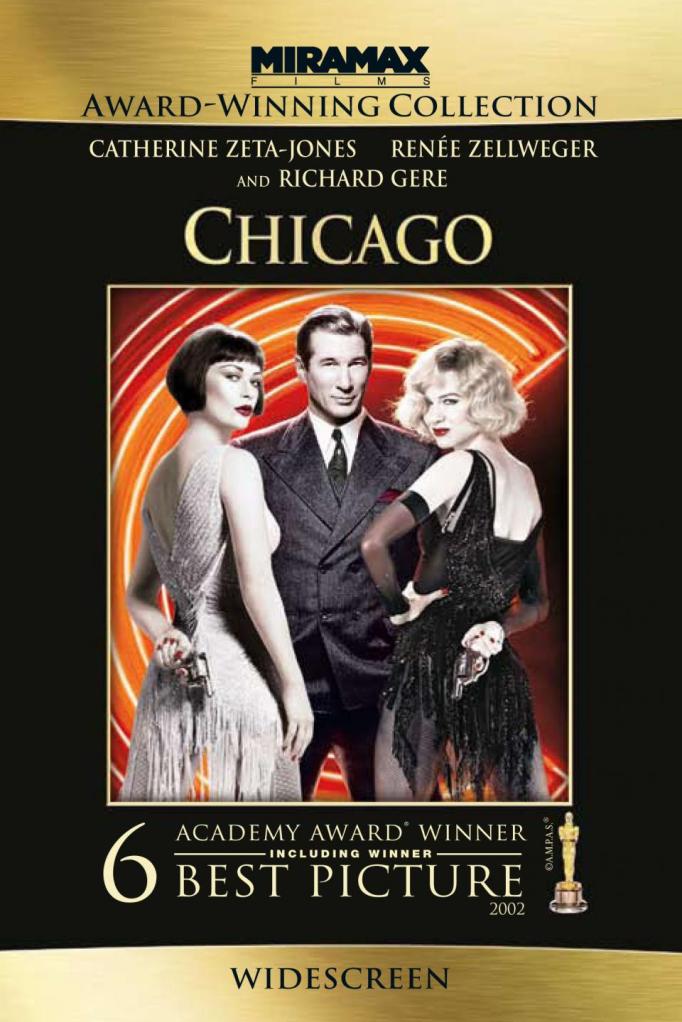
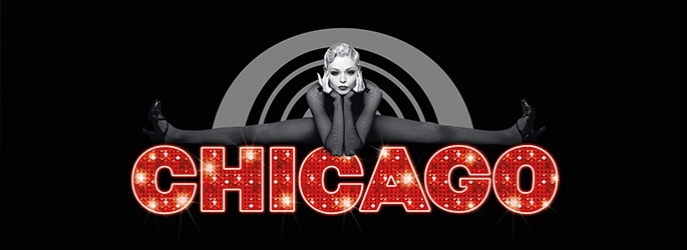
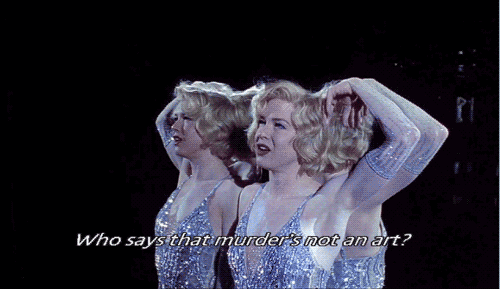
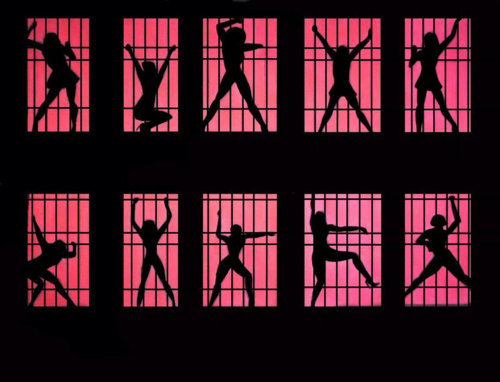
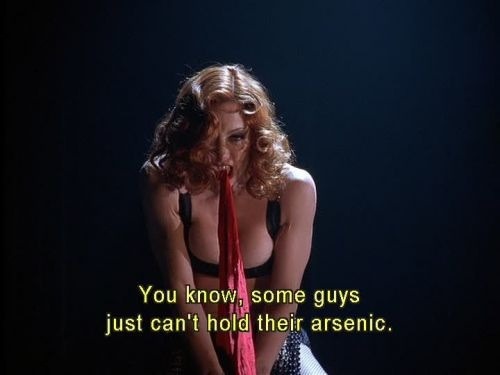
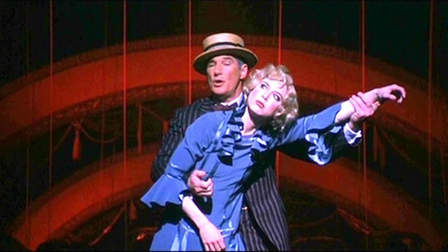
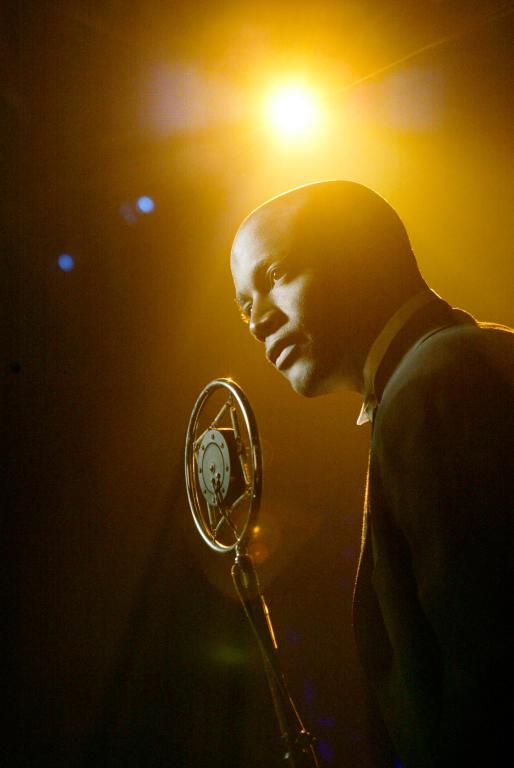
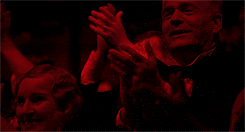
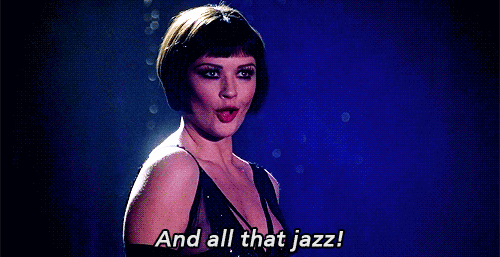
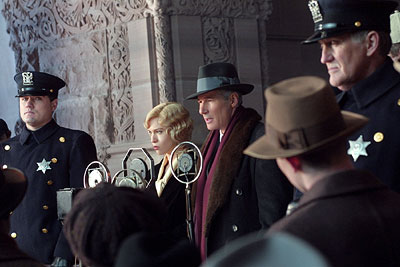
I am a huge fan of Chicago and really enjoyed reading your blog. I never realized there was so many symbols throughout the film. My favorite scene of this film is also the Cell Block Tango. Great blog and it was a good read!
LikeLike
Bill Condon was born in 1955 🙂
LikeLike